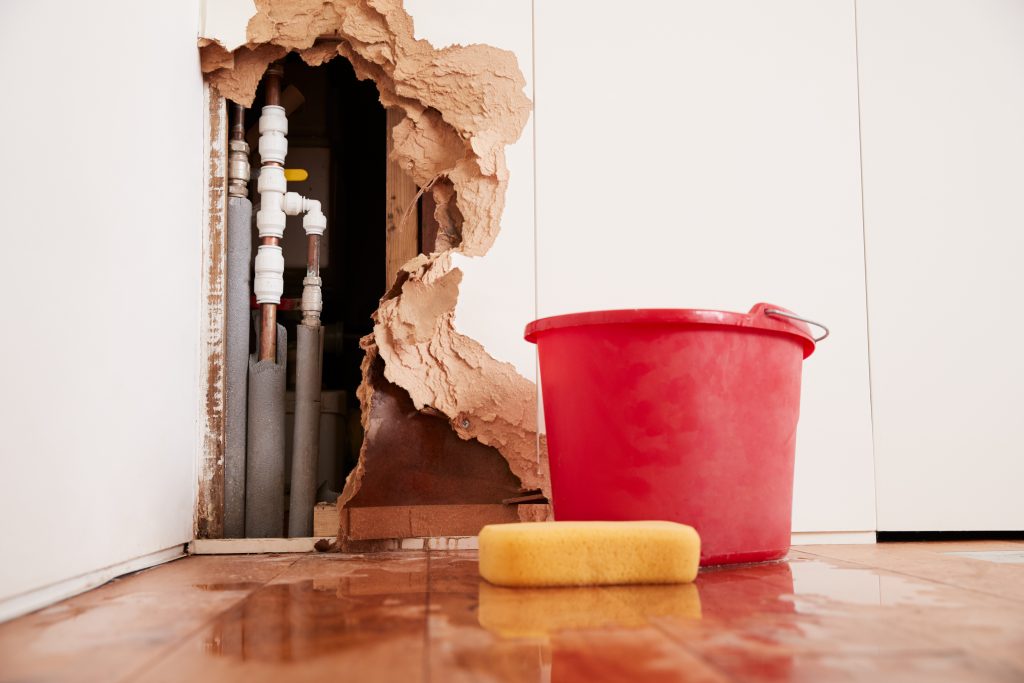On this page below yow will discover some quality details related to Hacks to detect leaks.

Early detection of dripping water lines can alleviate a prospective catastrophe. Aside from conserving you money, it will decrease the stress and aggravation. The moment you find a leakage, calling your plumber for repair work is the most effective option. Some tiny water leaks may not be noticeable. Here are some hacks that assist if you can not find it with your naked eyes.
1. Take A Look At the Water Meter
Inspecting it is a surefire way that aids you find leaks. If it relocates, that shows a fast-moving leak. This means you might have a sluggish leakage that could also be underground.
2. Check Water Intake
Examine your water bills as well as track your water consumption. As the one paying it, you ought to notice if there are any type of inconsistencies. If you spot sudden changes, despite your consumption coinciding, it suggests that you have leaks in your plumbing system. Keep in mind, your water bill need to fall under the very same array each month. A sudden spike in your bill suggests a fast-moving leakage.
A stable rise every month, also with the same habits, reveals you have a slow leakage that's also gradually escalating. Call a plumber to extensively check your residential property, specifically if you feel a cozy area on your flooring with piping underneath.
3. Do a Food Coloring Examination
30% comes from toilets when it comes to water intake. Test to see if they are running appropriately. Decline specks of food shade in the storage tank and wait 10 minutes. There's a leakage between the storage tank and bowl if the color in some way infiltrates your bowl during that time without flushing.
4. Asses Exterior Lines
Do not fail to remember to inspect your outside water lines too. Ought to water leak out of the link, you have a loose rubber gasket. One small leak can throw away lots of water as well as surge your water costs.
5. Evaluate as well as Evaluate the Situation
Homeowners need to make it a routine to examine under the sink counters and also inside cabinets for any kind of bad odor or mold development. These two warnings suggest a leakage so punctual focus is needed. Doing regular examinations, even bi-annually, can conserve you from a major issue.
Check for stainings as well as damaging as a lot of pipelines and home appliances have a life span. If you believe dripping water lines in your plumbing system, do not wait for it to rise.
Early discovery of leaking water lines can minimize a potential disaster. Some little water leakages might not be visible. Inspecting it is a guaranteed means that helps you discover leaks. One tiny leak can lose tons of water and spike your water bill.
If you presume dripping water lines in your plumbing system, don't wait for it to intensify.
How to Know If Your Home Has a Hidden Leak
Water Meter Reveals Inexplicable Water Usage
If you’d like to test whether or not there’s a leak somewhere in your home, you can do this using your water meter. Here is how to conduct the test:
Don’t use any water in your home for at least 30 minutes; this also means not turning on faucets or water-using appliances.
Go outside, and check your water meter for activity.
If your water meter shows that there was activity, even though no one was using any water, this proves that there is a leak in your home.Visible Mold or Mildew Growth
Leaks behind walls create moist, dark environments that allow mold and mildew to grow and thrive. Eventually, you might see mold growth forming on the wall closest to a hidden leak.
If mold is growing in an area that receives a high amount of moisture, such as a bathroom, it may simply be an indication that better ventilation is needed. However, if you see mold growth on a wall or the ceiling in an area where you would not expect, you probably have a hidden leak.
Musty, Mildew Odor
Sometimes you might not be able to see the mold or mildew that is growing as a result of a leak. However, the smell can give the problem away just as easily. If you catch a whiff of something musty, there’s a good chance that old water is collecting somewhere in your home that you can’t see.
Stained/Warped Walls, Ceilings, or Floors
When your home soaks up water, a variety of red flags can become visible, including ceiling stains, bubbling drywall, warped walls, and sagging floors. While these issues can be caused by excess humidity, they can also be signs that a pipe or plumbing connection has started leaking behind your walls.
Inexplicably High Water Bill
After a while, you get a general sense for what your water bill should be. If you own a pool or sprinkler system, your bill will tend to be higher during summer. However, if you receive a water bill that seems especially high, and you can’t figure out what caused it, then you may have a hidden leak somewhere that’s increasing your bill.
https://www.plumbingjoint.com/blog/2019/july/how-to-know-if-your-home-has-a-hidden-leak/

I was made aware of that editorial on Leaking water lines from a good friend on our other website. Are you aware of somebody else who is serious about the niche? Why not promote it. We enjoy reading our article about Top leak detection hacks.
Effective solutions await.